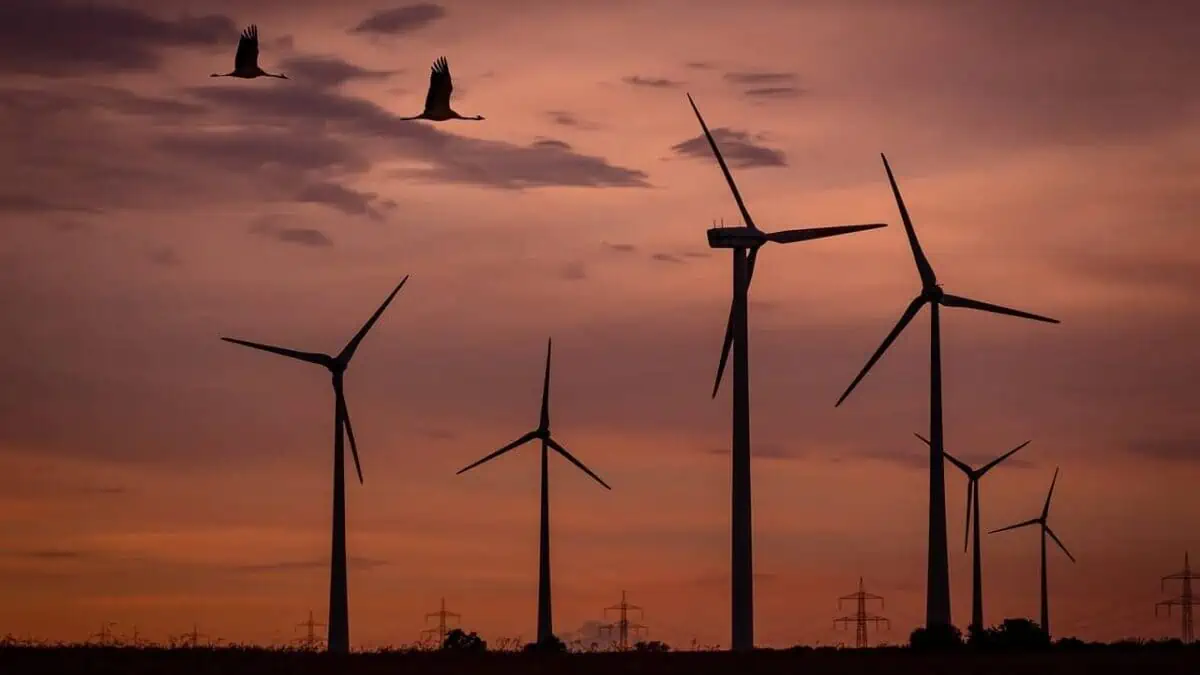Global climate change is mainly caused by carbon dioxide (CO2) emissions. It is widely acknowledged that the world needs to reduce emissions immediately to avoid the worst effects of climate change.
The International Energy Agency (IEA) declared on Wednesday that the development of renewable energy sources and the adoption of electric vehicles exceeded the demand for coal. It caused global carbon dioxide emissions from burning fossil fuels to increase by less than 1% this year, as per Rappler.
Notably, it is about 4% less than the increase last year.
The IEA also predicted that CO2 emissions from burning coal, gas, and oil are predicted to increase by about 300 million tonnes in 2022 compared to 2021. The increased emissions are equivalent to 80 new coal-fired power plants, as per The Independent.
Moreover, it is anticipated that oil-related emissions will increase by 180 million tonnes in 2022. It is said to be primarily caused by travel as they recover from pandemic pullbacks.
On the other hand, IEA analysts also acknowledge the war in Ukraine as a factor affecting the sudden efforts to shift to renewables.
“The global energy crisis triggered by Russia’s invasion of Ukraine has prompted a scramble by many countries to use other energy sources to replace the natural gas supplies that Russia has withheld from the market,” said IEA Executive Director Fatih Birol.
“The encouraging news is that solar and ra /eare filling much of the gap, with the uptick in coal appearing to be relatively small and temporary,” he added.
According to the report, wind and solar photovoltaic power are driving a rise in renewable electricity generation of over 700 terawatt-hours (TWh) worldwide. Notably, this is the highest annual rise on record in 2022.
This year’s global CO2 emissions would have increased by over 600 million tonnes without the help of the said renewable electricity generation from wind and solar.
Furthermore, global hydropower generation is increasing year over year despite droughts in certain places. It generated more than one-fifth of the anticipated increase in renewable power.
Meanwhile, coal emissions are reportedly expected to increase by around 2% this year due primarily to use in Asia.
Given the increased coal emissions, the European Union’s CO2 emissions are on track to decrease this year. A substantial queue of new renewable energy projects is anticipated to add about 50 gigawatts of capacity in 2023. It is expected to reduce Europe’s coal consumption even further.
In 2022, CO2 emissions in China are anticipated to stay unchanged. It is impacted by several factors, such as weaker economic growth, the effects of drought on hydropower, and the use of solar and wind energy.
According to Business Standard, carbon dioxide and other greenhouse gas emissions must be substantially reduced in the approaching decades to prevent global temperatures from climbing by more than 1.5 degrees Celsius (2.7 Fahrenheit). It is the challenging benchmark outlined in the 2015 Paris Climate Agreement.
We finally received some encouraging news in the fight against greenhouse gases that causes global warming and climate change. The unexpectedly modest rise is attributed to using renewable energy sources and electric vehicles.






